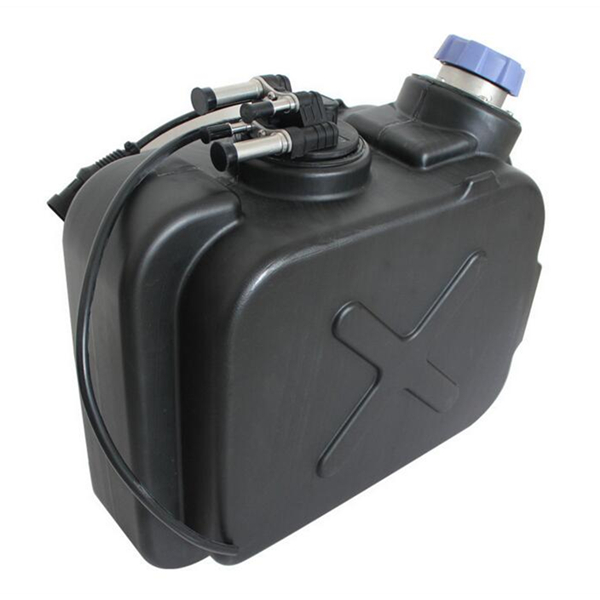Enhancing Efficiency: Rotomolding Urea Tanks for the Automotive Industry
As the world continues to grow, so does the demand for sustainability. The automotive industry has faced scrutiny over the years for the carbon emissions produced by its vehicles. As a result, car manufacturers must find solutions that help reduce emissions without sacrificing quality or efficiency. Urea tanks play an essential role in reducing carbon emissions in diesel engines. These tanks are now being manufactured using rotomolding techniques, which have changed production processes in the industry. In this blog post, we'll explore the benefits of rotomolded urea tanks and how they're changing the landscape of the automotive industry.
Meeting Industry Standards: Rotomolded Urea Tanks in Vehicles
Rotomolding, also known as rotational molding, is a plastic manufacturing process that uses high temperatures to melt resin in a mold. In the automotive industry, rotomolding provides a cost-effective and efficient way of producing urea tanks. Rotomolded urea tanks are stronger and more durable than traditional weld tanks. They are also impact-resistant and weatherproof, making them ideal for use in harsh conditions. Urea tanks produced using rotomolding meet the standards set by the automotive industry, including the Environmental Protection Agency (EPA) and the California Air Resources Board (CARB).
The Impact of Rotomolded Urea Tanks on Emission Control
The diesel engines on which urea tanks are installed require the use of a Selective Catalytic Reduction (SCR) system. This system works by injecting a urea solution, commonly known as AdBlue, into the exhaust gas stream. The urea solution breaks down harmful nitrogen oxides (NOx) into harmless nitrogen and water. Rotomolded urea tanks are crucial to the SCR system's effectiveness since they require a specific shape and size to function. The tanks must also be able to withstand high temperatures without cracking or degrading, which is why rotomolding is such a valuable production method.
Collaborating with Automotive Manufacturers for Custom Urea Tank Solutions
Automotive manufacturers must work with rotomolding companies to produce custom urea tanks that meet their specific requirements. The rotomolding process is ideal for customized design solutions since it allows for greater flexibility in creating shapes and sizes of components. By working together, automotive manufacturers and rotomolding companies can ensure that urea tanks meet their desired specifications, providing reliability and efficiency in emission-reducing systems.
Quality Assurance: Testing and Certification of Rotomolded Urea Tanks
Quality assurance is crucial in rotomolding urea tanks since they play a vital role in reducing exhaust emissions. Quality checks involve the use of non-destructive testing methods such as X-ray and ultrasound. These tests ensure that the tanks are uniform in thickness and free of any defects that could compromise their structural integrity. Certification bodies such as the American Bureau of Shipping (ABS) and the United Nations Economic Commission for Europe (UN ECE 110R) regulate urea tanks' design and production. Rotomolded urea tanks must also meet these standards to be certified.
Navigating Regulations: Compliance in Urea Tank Manufacturing
Regulations must be followed during the production of urea tanks to ensure compliance with industry standards. One such regulation is the EPA's verification program, which aims to prevent the installation of non-compliant urea tanks on diesel engines. The program requires that urea tanks meet performance standards by demonstrating a certain level of emission reduction. Compliance with these regulations is necessary to ensure that urea tanks play their role in reducing carbon emissions in diesel engines.
The automotive industry has begun to prioritize the reduction of carbon emissions, and urea tanks play a crucial role in achieving this goal. The use of rotomolding in urea tank manufacturing improves efficiency and durability, making them a valuable addition to vehicles. Rotomolded urea tanks also undergo rigorous quality testing and comply with regulations, ensuring that they meet industry standards for effectiveness and safety. As the demand for sustainability continues to increase, it's essential to use innovative solutions like rotomolding to meet industry standards while reducing carbon emissions.
